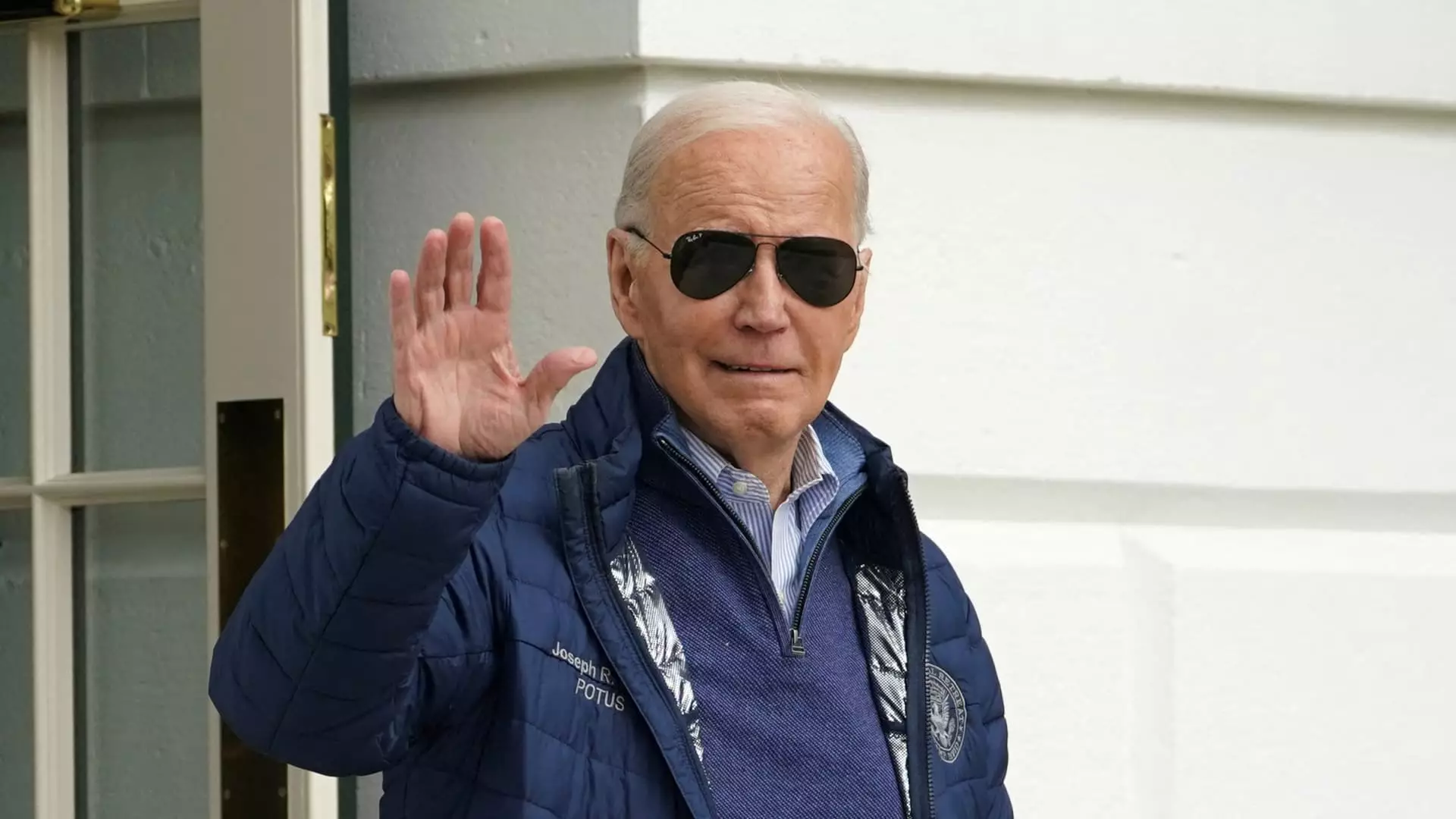President Joe Biden is set to announce a new plan for student debt forgiveness, following the Supreme Court’s rejection of his previous attempt. In an effort to ensure the longevity of this aid package, Biden has tailored the program to target specific groups of borrowers facing financial hardship. Despite the narrowing of eligibility criteria, it is estimated that up to 25 million Americans could benefit from this initiative. One of the key features of the new plan is the intention to eliminate excessive interest charges that have been a significant burden for federal student loan borrowers.
The Biden administration recognizes the detrimental impact of high-interest rates on federal student loans, some of which can exceed 8%. This financial strain can be especially challenging for borrowers struggling to keep up with payments or enrolled in certain repayment plans. With more than 25 million federal student borrowers owing more than their initial loan amounts, the new plan aims to address this issue by forgiving up to $20,000 in unpaid interest on federal student debt per borrower. Additionally, low- and middle-income borrowers stand to benefit even further, with the potential for complete interest forgiveness for those earning $120,000 or less if single, and $240,000 or less if married. These enhancements aim to alleviate the financial burden placed on millions of Americans by student loan debt, allowing them to repay their loans more efficiently.
In addition to the cancellation of interest, Biden’s new plan will extend debt forgiveness to specific groups of borrowers, including those who are already eligible for relief but have not yet applied, individuals who have been in repayment for over 20 years on undergraduate loans or 25 years on graduate loans, attendees of institutions with dubious educational value, and those experiencing financial hardship. While the precise definition of financial hardship is yet to be clarified, it may encompass individuals grappling with medical expenses or high childcare costs. This expanded eligibility criteria underlines Biden’s commitment to addressing the multifaceted challenges faced by student loan borrowers.
President Biden’s decision to pursue student debt forgiveness through the rulemaking process, rather than executive action, reflects a strategic shift in approach. By initiating this regulatory process, Biden aims to streamline the implementation of debt relief measures and expedite the provision of assistance to eligible borrowers. This shift in strategy signals Biden’s determination to deliver tangible relief to student loan borrowers before the upcoming November election, emphasizing the administration’s commitment to addressing the student debt crisis.
President Biden’s new student debt forgiveness plan represents a significant step towards alleviating the financial burden faced by millions of student loan borrowers. By targeting specific groups for forgiveness, eliminating excessive interest charges, and expanding eligibility criteria, the new plan seeks to provide comprehensive relief to those grappling with student loan debt. Biden’s transition to the rulemaking process underscores the administration’s commitment to efficiency and timely implementation of relief measures.

